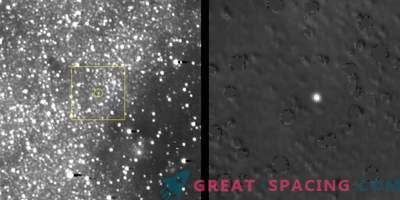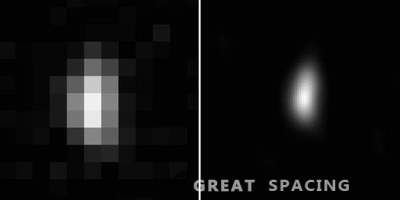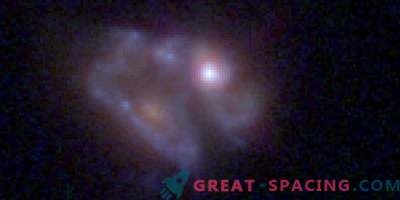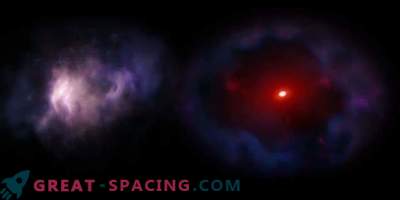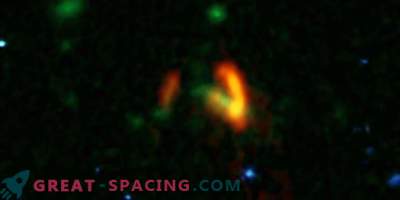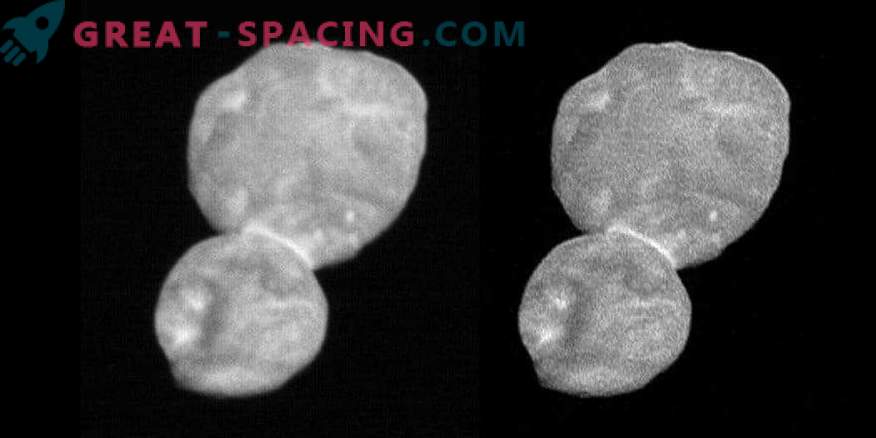
On the images of the NASA spacecraft New Horizons during the span of January 1, 2019, the surface features of 2014 MU69 are displayed. These photos were taken from a distance of 28,000 km from the surface.
We can safely say that the distant Ultima Thule object is no longer like a pin in form. The first photos of the mysterious celestial body arrived from the spacecraft New Horizons, flying past January 1, 2019. Historical images show that the 33-kilometer Ultima Thule resembles a snowman, represented by two fused spherical halves.
Early photos from New Horizons showed that the two halves are connected by a thin element. However, the new data showed a close relationship. Thus, the skittle disappeared and a snowman or something completely new appeared.

This is the first color photograph of the Ultima Thule object in the Kuiper belt, which arrived from the NASA New Horizons spacecraft, 137,000 km away from the object during its January 1, 2019 flyby. From left to right: improved color image, black and white frame with higher resolution and overlay, combining both in a detailed view
Scientists report that the halves overlap and are colored red. Most likely, this is a result of the influence of cosmic radiation on the icy surface. Similar processes are responsible for the reddish territories of Pluto and Charon.
Researchers believe that the Ultima Thule was once two separate and free-flying objects. However, they came together almost immediately after the birth of the solar system. Moreover, this was not a case of a violent strike, but rather a slow and voluntary merger. Countless objects like Ultima Thule (2014 MU69) eventually created the planets of the solar system. But this fate bypassed a specific object, which remained untouched for billions of years at a distance of 6.4 billion km from the Sun.
It is the untouched object that intrigues the researchers. In fact, we are now considering the most primitive celestial body that we have ever been able to observe with the help of a spacecraft. 2014 MU69 can represent the class of the most ancient and primitive bodies of the modern solar system.
New photos - only the tip of the iceberg in the study of the object. Images were obtained at a distance of 137,000 km and 28,000 km from 2014 MU69. But at the peak of convergence, the distance was reduced to 3,500 km, therefore, in the coming days and weeks, pictures with higher resolution are expected.
The New Horizons mission ($ 700 million) started in January 2006 and reached Pluto in 2015, for the first time demonstrating a complex distant world. The rapprochement with 2014 MU69 - the central task of the expanded mission, which will last until 2021. The device has enough energy and fuel to get to another distant object, if NASA approves the project.





